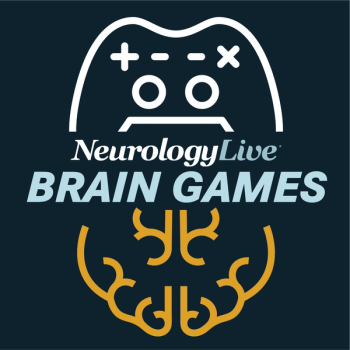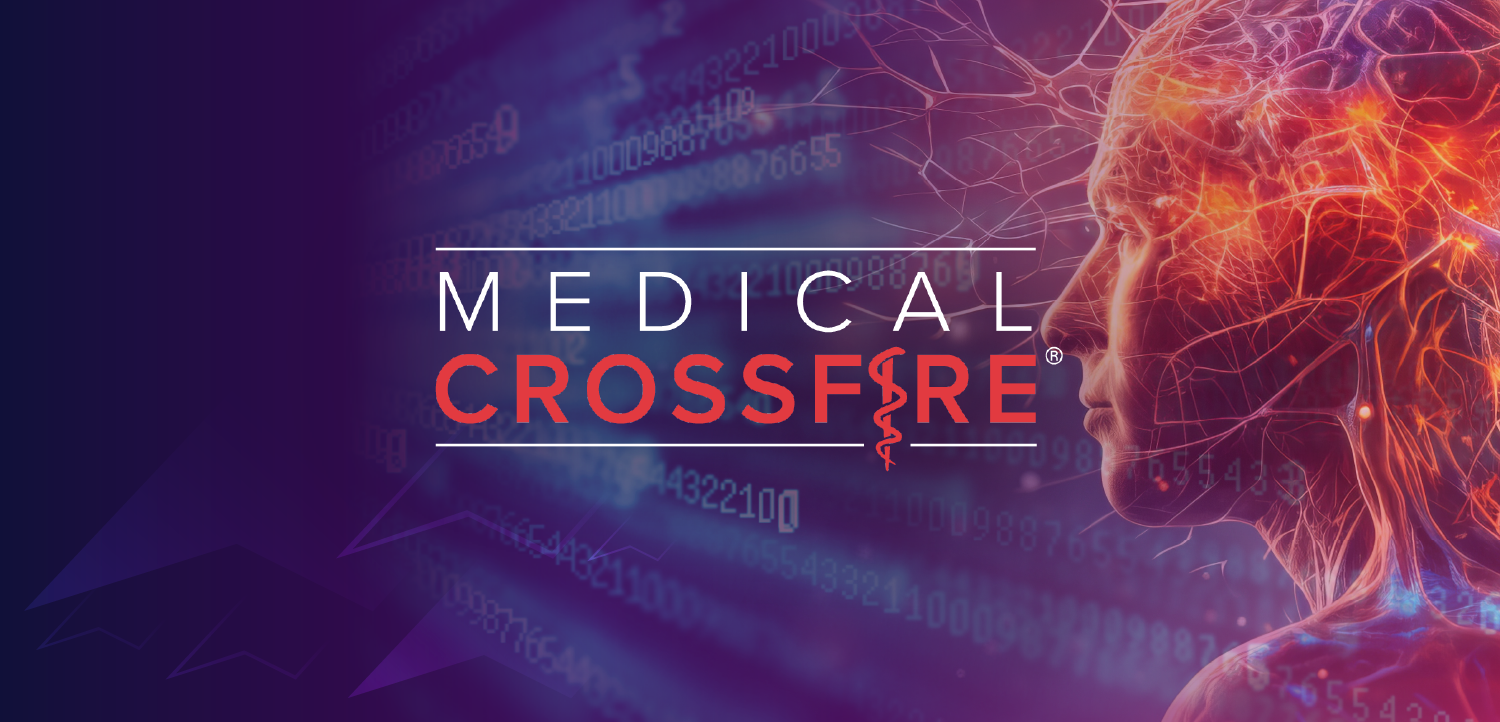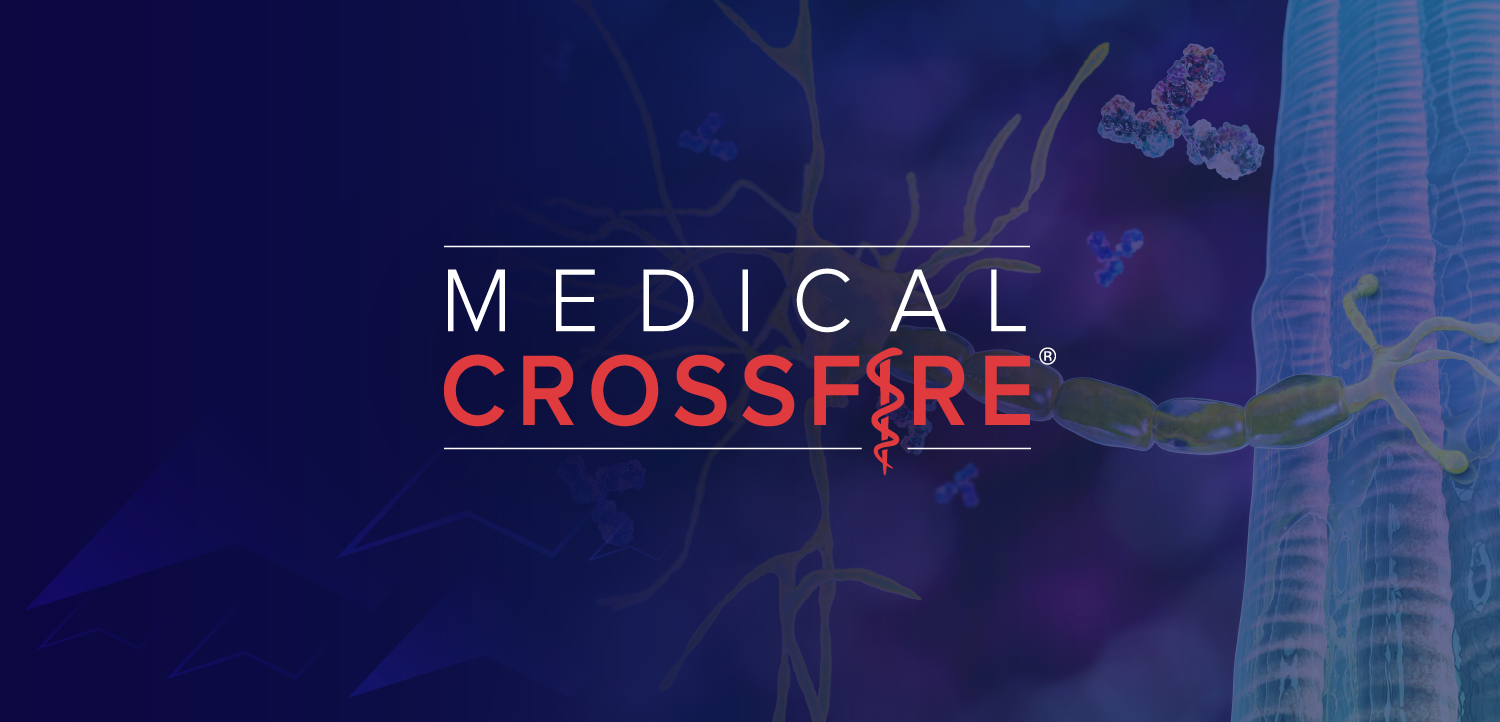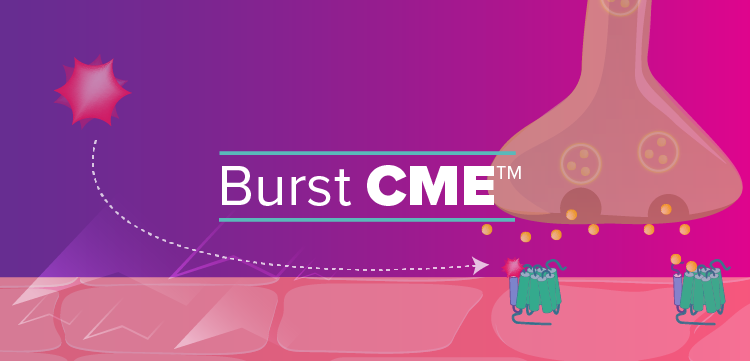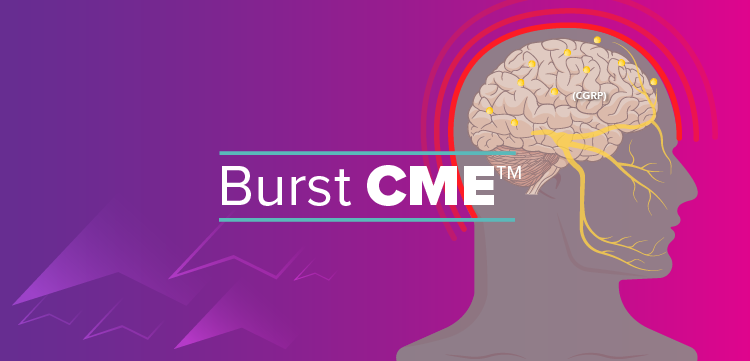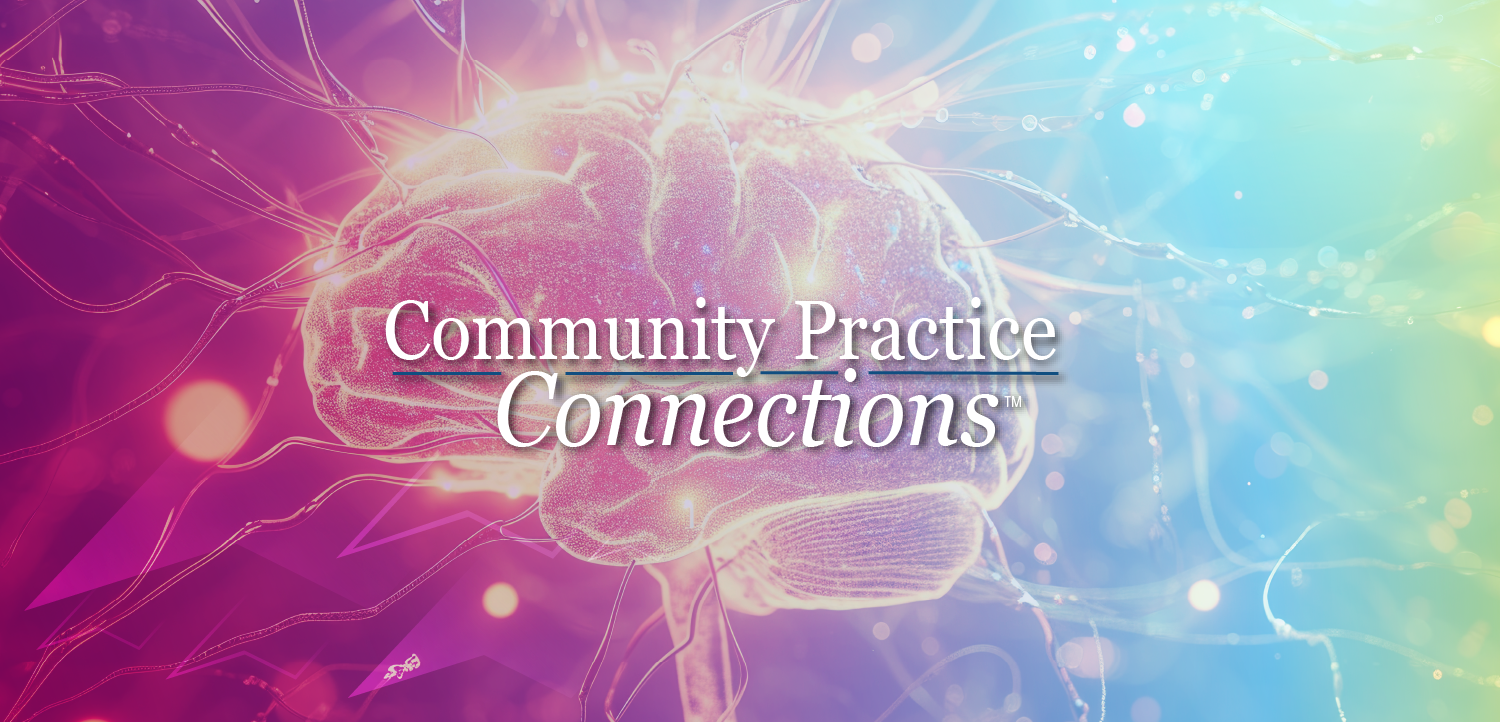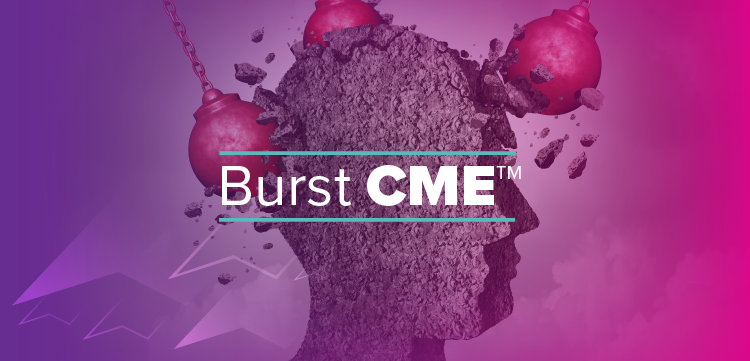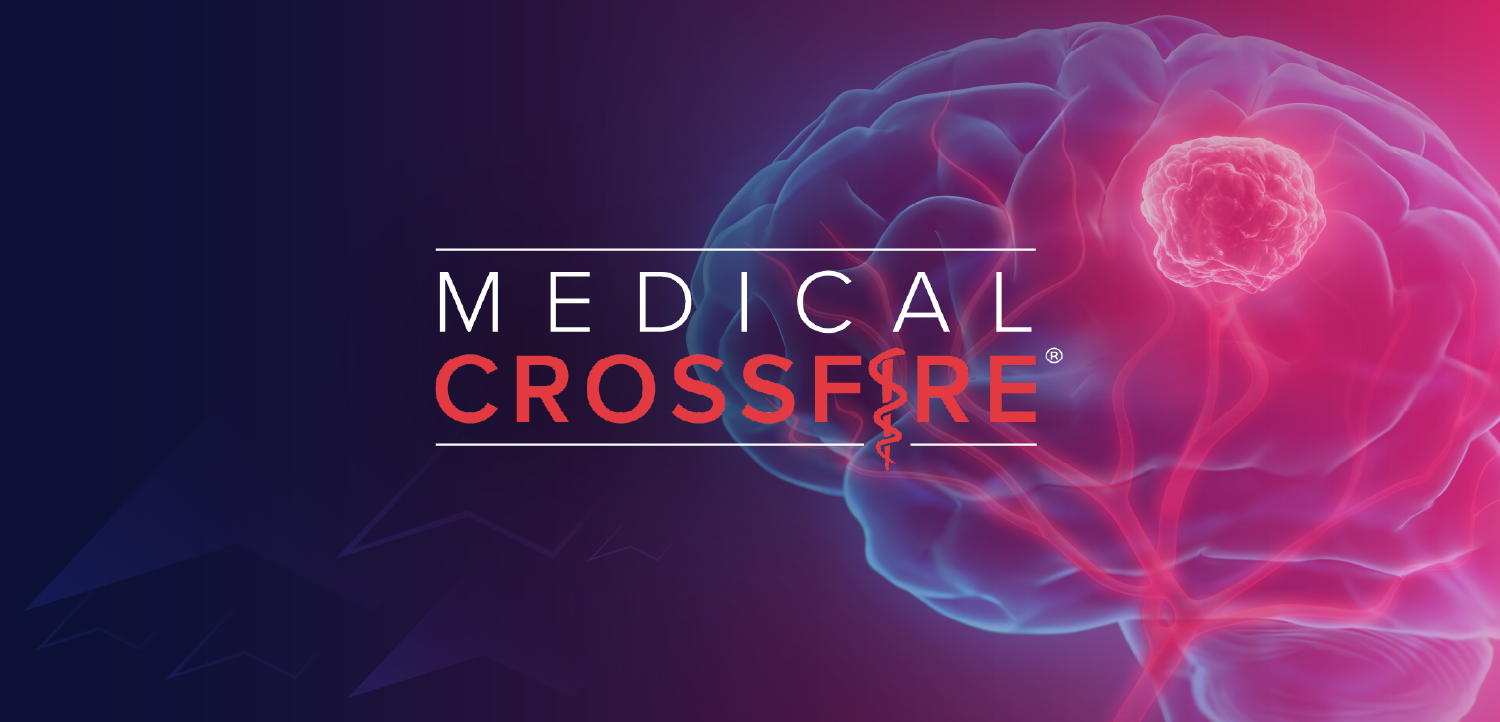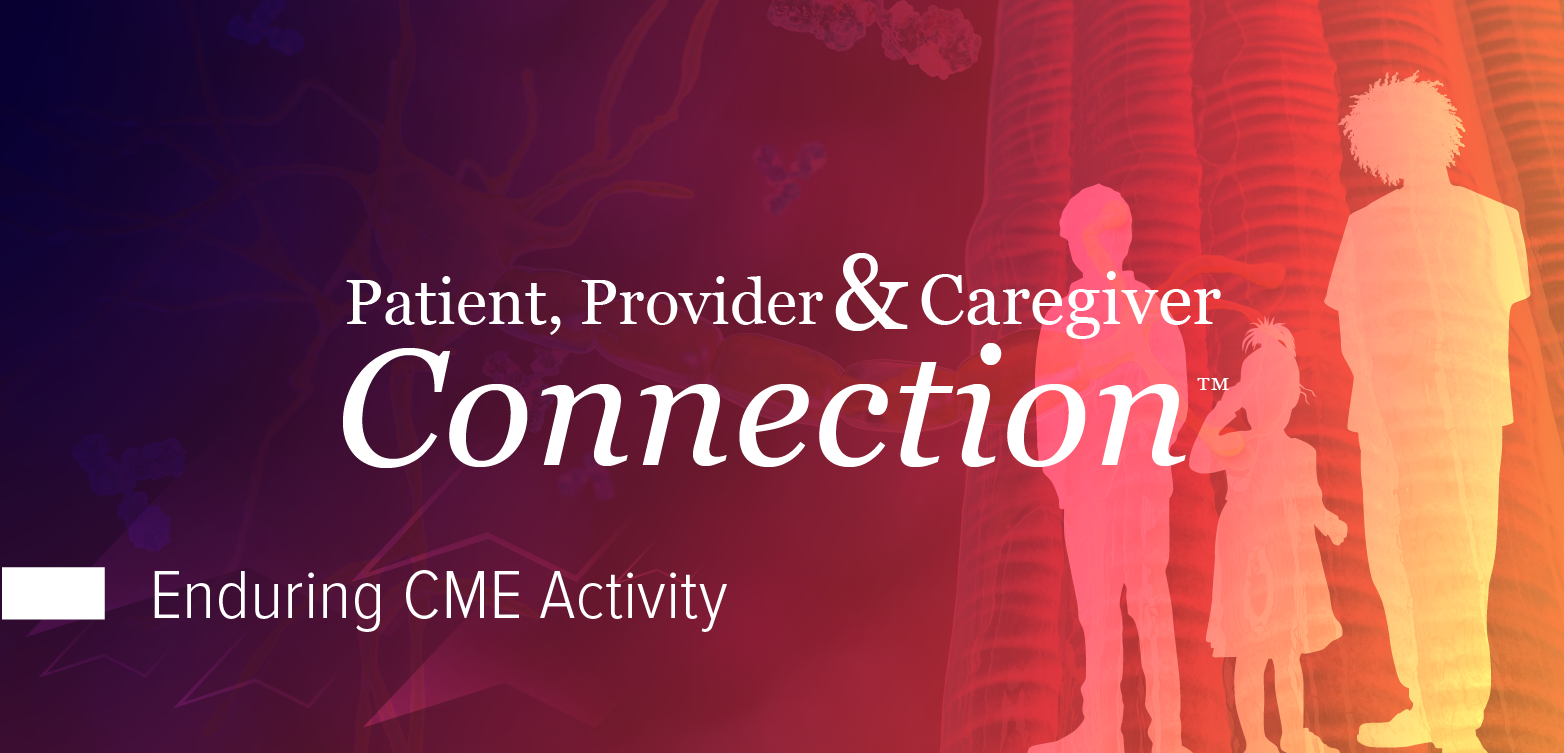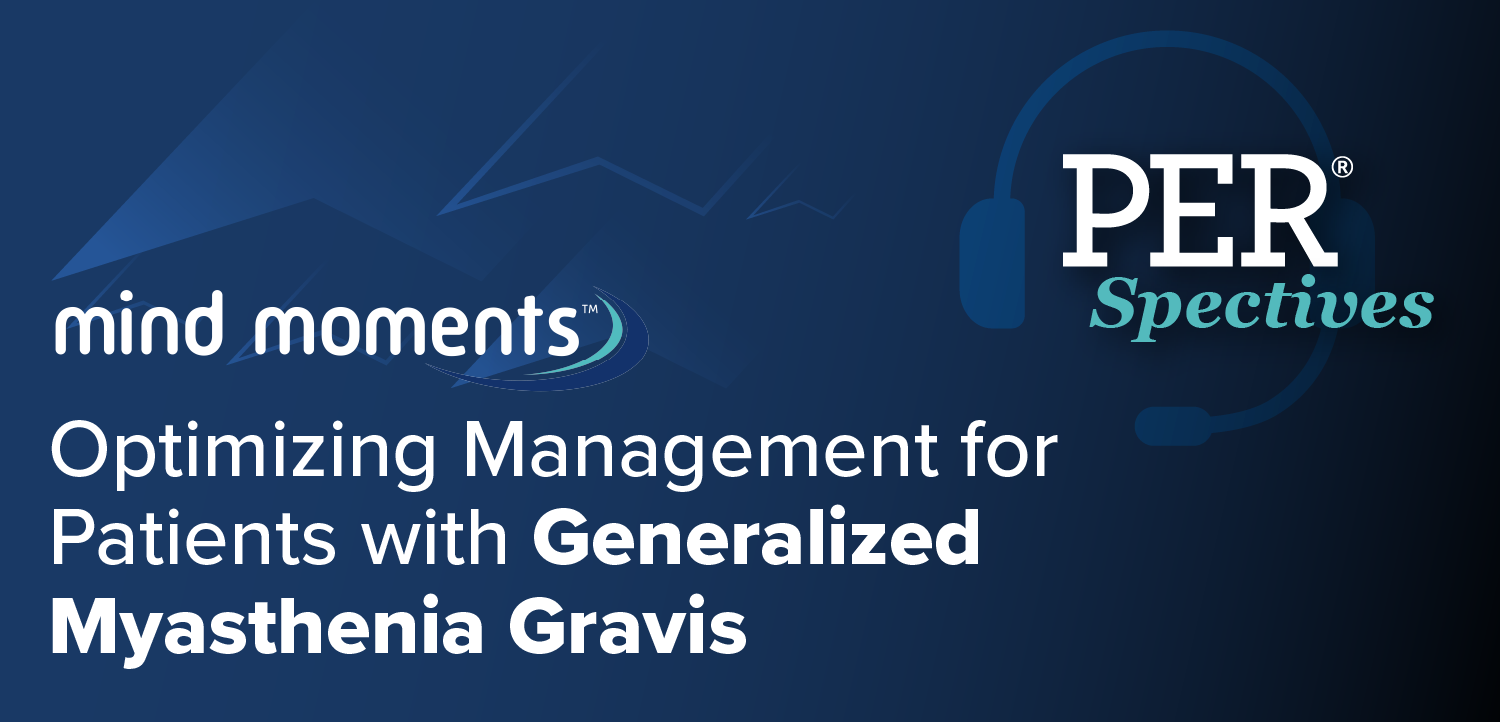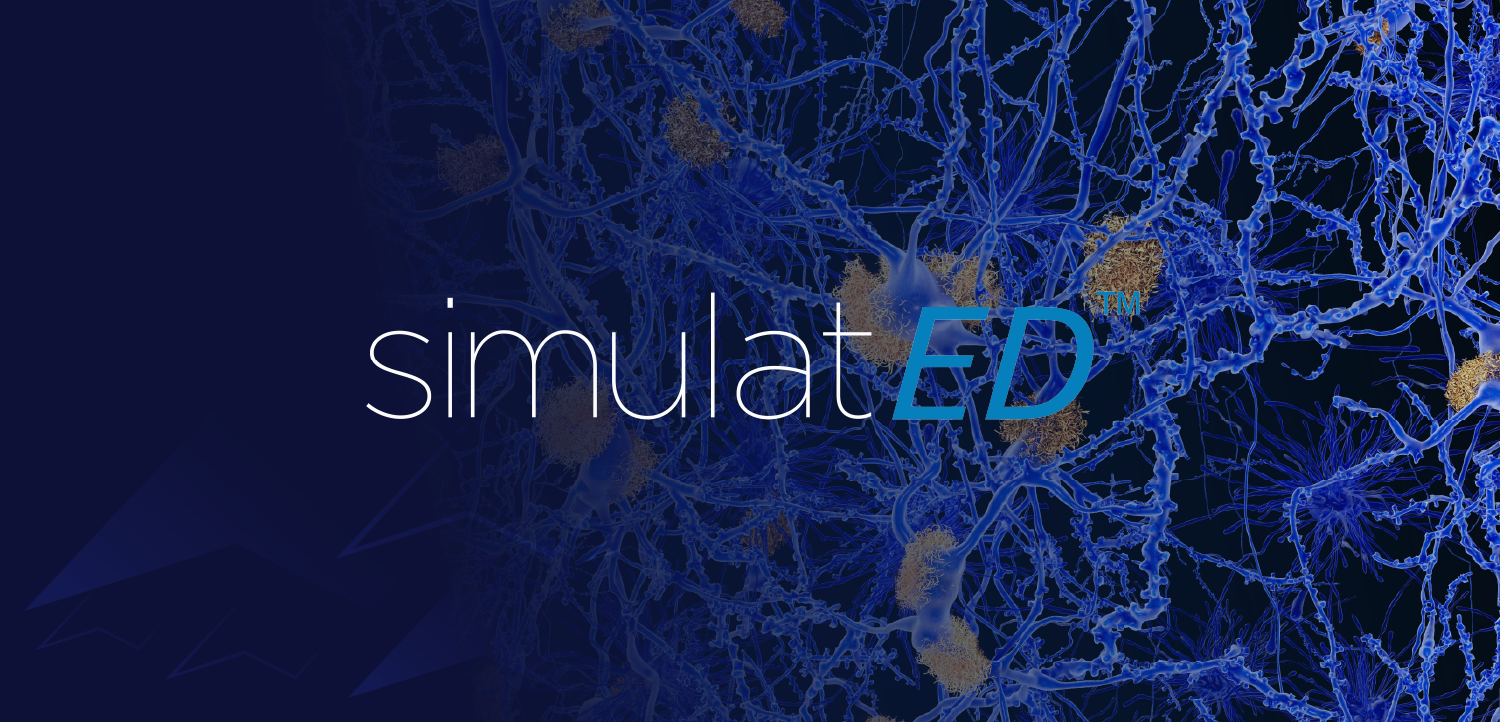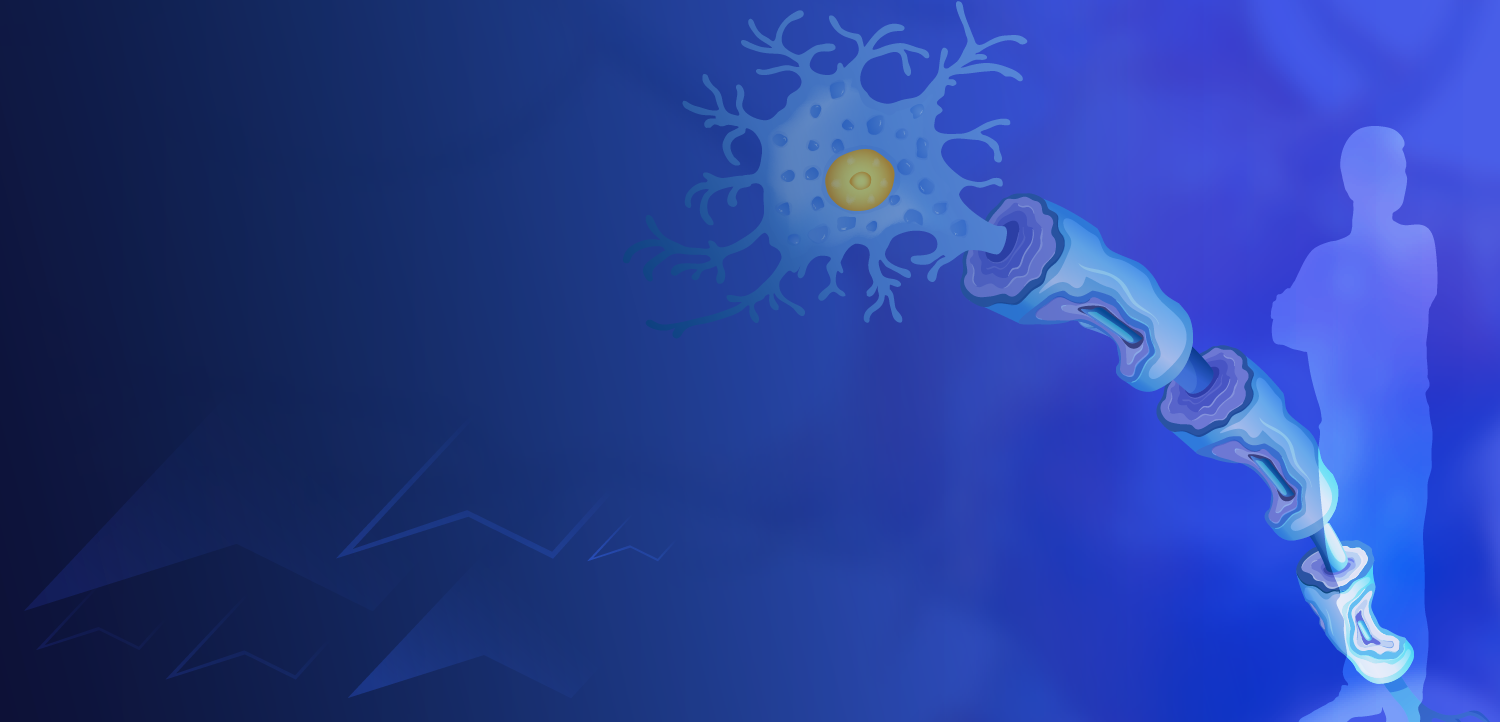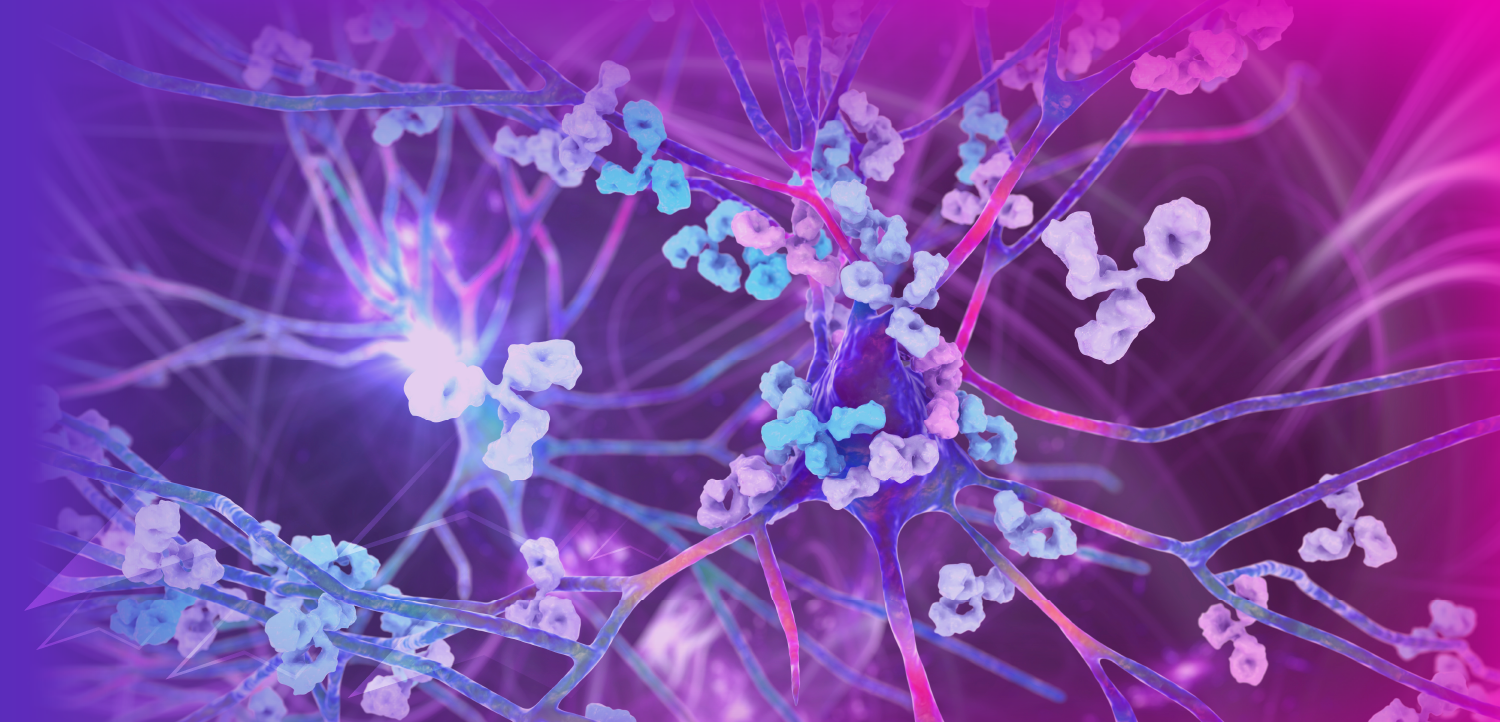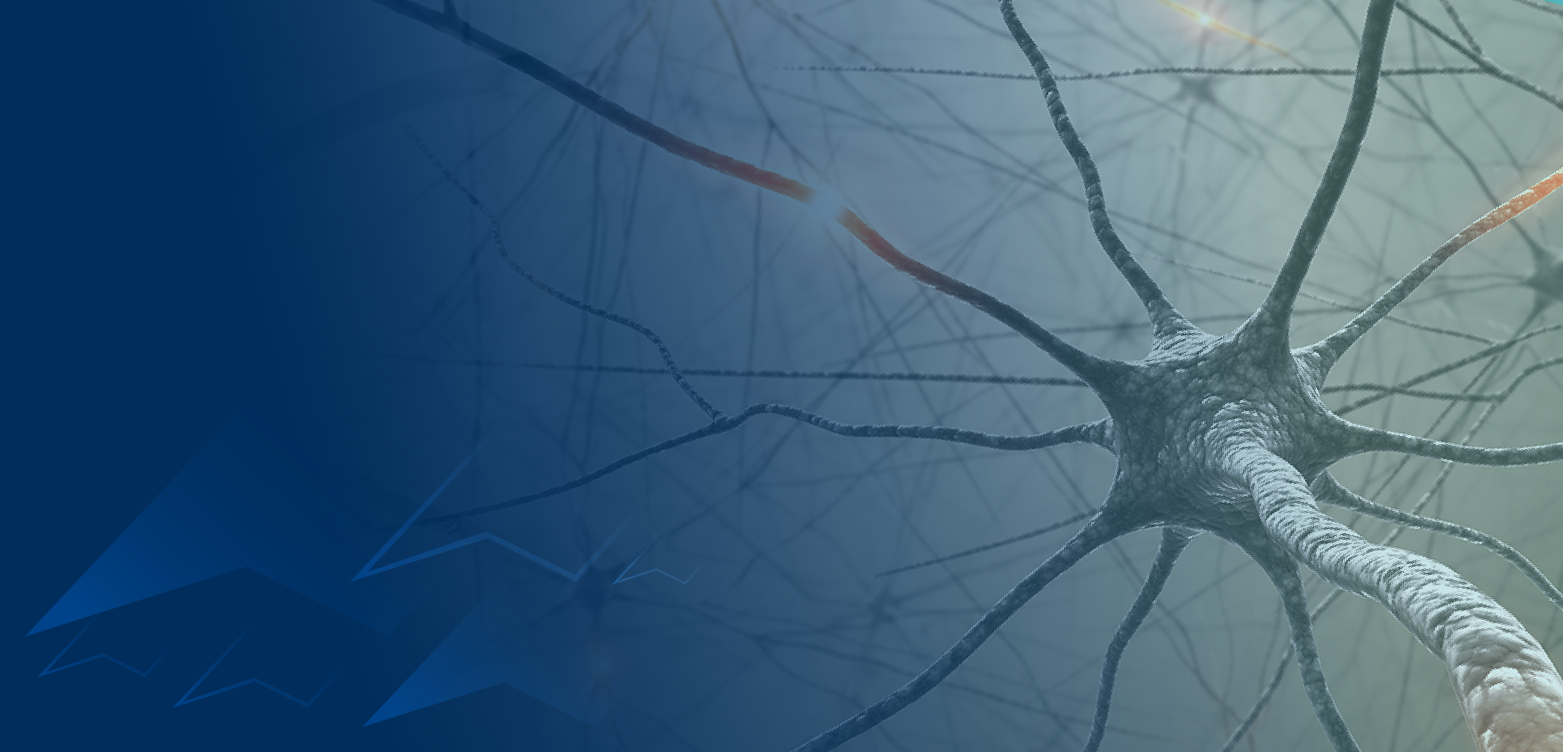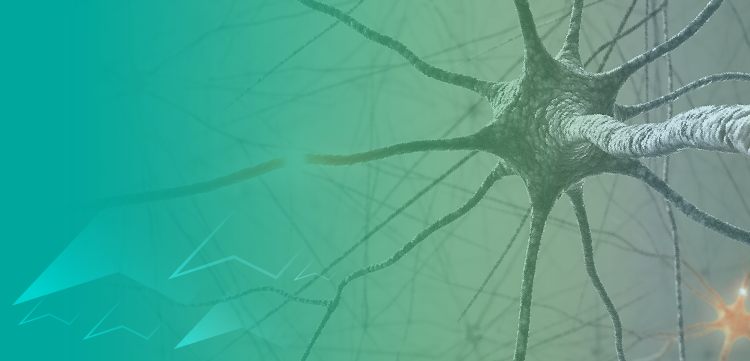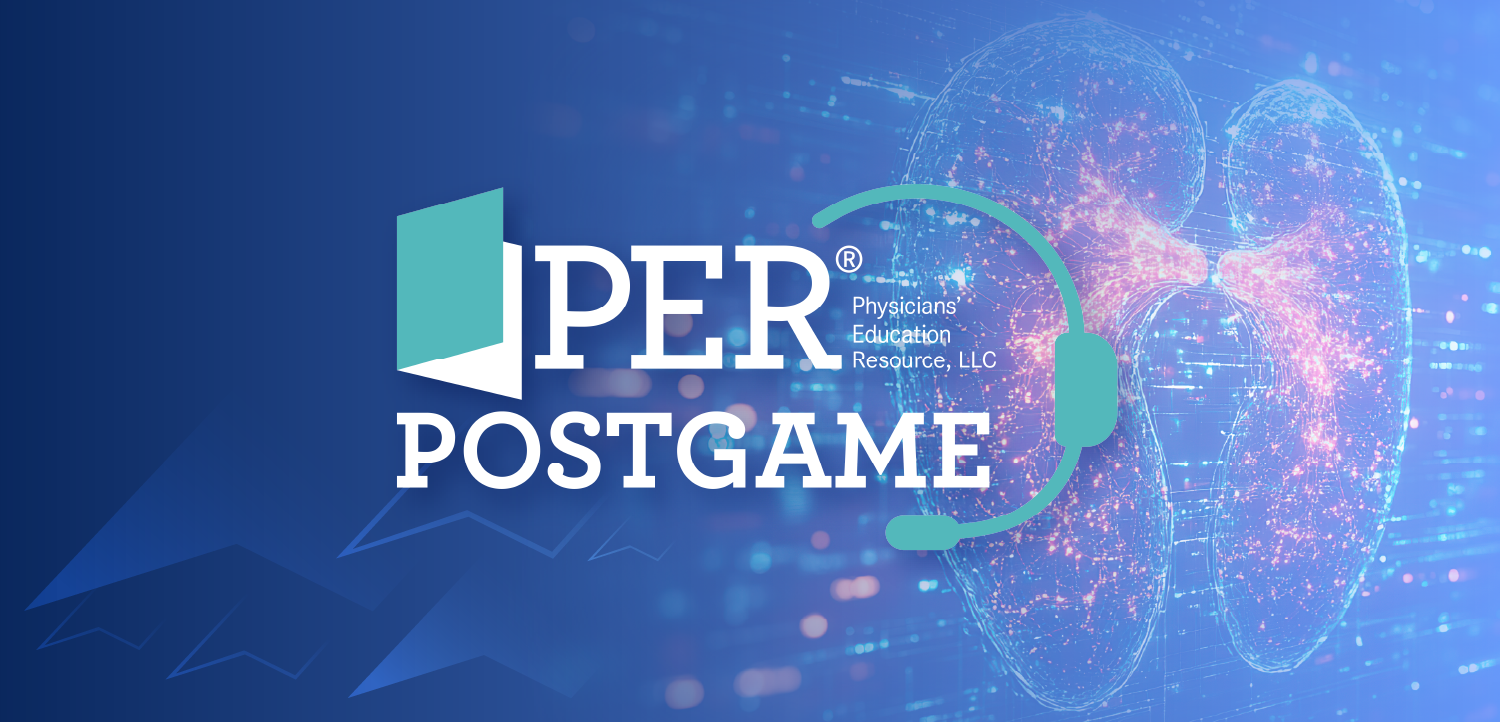
Oligoclonal Bands in Cerebrospinal Fluid May Signal Higher Relapse Risk in MOGAD
Key Takeaways
- OCB presence in CSF is linked to higher relapse risk in MOGAD, independent of other factors.
- OCB-positive patients showed more inflammatory MRI features and a higher relapse rate.
A recent study reported that the presence of oligoclonal bands in cerebrospinal fluid of patients with myelin oligodendrocyte glycoprotein antibody-associated disease may be associated with a higher risk of relapse.
Findings from a study recently published in the Multiple Sclerosis Journal showed an association between the presence of oligoclonal bands (OCB) in cerebrospinal fluid (CSF) and an increased risk of relapse among patients with myelin oligodendrocyte glycoprotein antibody-associated disease (MOGAD). These results, derived from the French NOMADMUS cohort, suggest that OCB-CSF positivity could be an independent risk factor for relapses in MOGAD.1
The study analyzed data from 190 patients with MOGAD, all of whom met the 2023 diagnostic criteria for the disease.2 Among these patients, 32 (16.8%) tested positive for OCB in their CSF. Although no significant differences were observed in terms of sex, age at onset, or initial clinical presentation between OCB-positive and OCB-negative patients, researchers reported a key finding regarding relapse risk.
During a median follow-up of 3.6 years, 31.7% of the total cohort experienced at least 1 relapse. However, the relapse rate was significantly higher in the OCB-positive group (48.4%) compared with the OCB-negative group (28.5%)(P = 0.049). The study’s survival analysis further supported this finding, showing that OCB-positive patients had a lower probability of remaining relapse-free, with the difference becoming most apparent within the first year of follow-up (OCB+ 62% vs. OCB− 83%, P = 0.007).
“In this large adult cohort of MOGAD patients fulfilling the 2023 criteria, we found that OCB in the CSF was present in less than 20% of patients, with a more inflammatory imaging phenotype at onset and a higher risk of relapse, independent of sex, age at onset, clinical phenotype, and the presence of maintenance therapy. However, the presence of CSF-OCB+ was not associated with a more severe outcome at the last follow-up,” senior author Romain Marigner, MD, PhD, a neurologists and professor at the Hospices Civils de Lyon in France, and colleagues wrote.1
READ MORE:
One of the study’s most notable findings was the difference in MRI characteristics between the 2 groups. Findings revealed that a normal brain MRI was significantly more common in the OCB-negative group compared with OCB-positive patients (52.6% vs. 29%, P = 0.014, respectively). Additionally, MRI findings suggestive of MS such as ovoid periventricular lesions and central vein signs were more frequently observed in the OCB-positive group (16.1% vs. 3.8%, P = 0.014). Gadolinium-enhancing lesions were also more prevalent among OCB-positive patients (22.6% vs. 6.7%, P = 0.03).
The presence of OCB in CSF emerged as an independent risk factor for relapse in both univariate and multivariate analyses. Results showed that OCB-positive patients were more than twice as likely to relapse as OCB-negative patients (HR = 2.44, 95% CI = 1.34–4.42, P = 0.0035). Notably, men appeared to be more protective against relapse (HR = 0.49, 95% CI = 0.28–0.85, P = 0.011). A small subset of patients (3.7%) displayed overlapping clinical and imaging features suggestive of both MOGAD and MS, with a significantly higher prevalence in the OCB-positive group (12.5% vs. 1.9%, P = 0.012). Despite these findings, all such cases were ultimately diagnosed as MOGAD.
All told, the retrospective nature of this study posed inherent limitations. To minimize missing data, only expert centers actively involved in clinical research were included, and all patients had confirmed MOG-Ab positivity from a national reference laboratory. The study focused on clear-positive MOG-IgG cases to reduce the risk of false positives, which are more common in MS. All cases were reassessed using the 2023 criteria, and OCB status was verified. Patients positive only in CSF were excluded because of concerns about specificity and potential selection bias. Additionally, the reliance on brain MRI for optic nerve analysis may have limited the interpretation of optic neuritis episodes.
“Our study showed a higher risk of relapse in CSFOCB+ MOGAD patients, particularly during the first year of follow-up. This result, in combination with other recent findings,5,24 should be helpful to more precisely assess the relapse risk and monitor treatment strategy for adult MOGAD patients,” Marigner et al noted.1 “In any case, a specific attention is recommended for MOGAD patients tested positive for CSF-OCB, as they more frequently share features suggestive of MS. For these patients, we propose the requirement of the fulfillment of the diagnostic supporting features, regardless of the MOG-Ab status, and a closer imaging and clinical monitoring to prevent misdiagnosis and mistreatment.”
REFERENCES
1. Ramdani R, Pique J, Deschamps R, et al. Evaluation of the predictive value of CSF-restricted oligoclonal bands on residual disability and risk of relapse in adult patients with MOGAD: MOGADOC study. Mult Scler. Published online January 15, 2025. doi:10.1177/13524585241311435
2. Banwell B, Bennett JL, Marignier R, et al. Diagnosis of myelin oligodendrocyte glycoprotein antibody-associated disease: International MOGAD Panel proposed criteria. Lancet Neurol. 2023;22(3):268-282. doi:10.1016/S1474-4422(22)00431-8
Newsletter
Keep your finger on the pulse of neurology—subscribe to NeurologyLive for expert interviews, new data, and breakthrough treatment updates.



